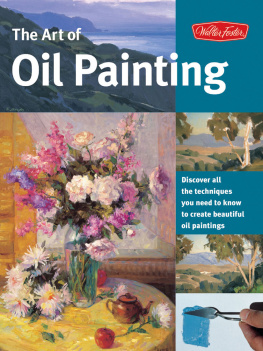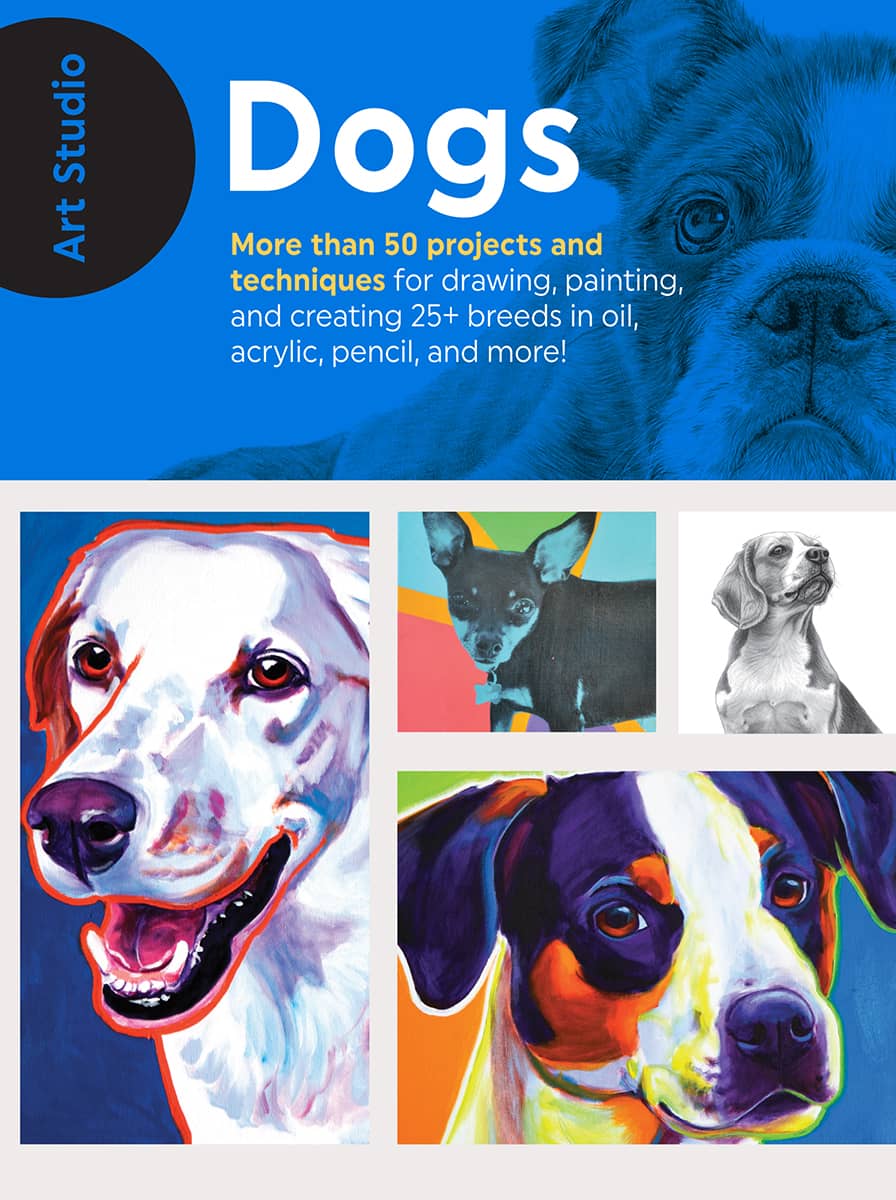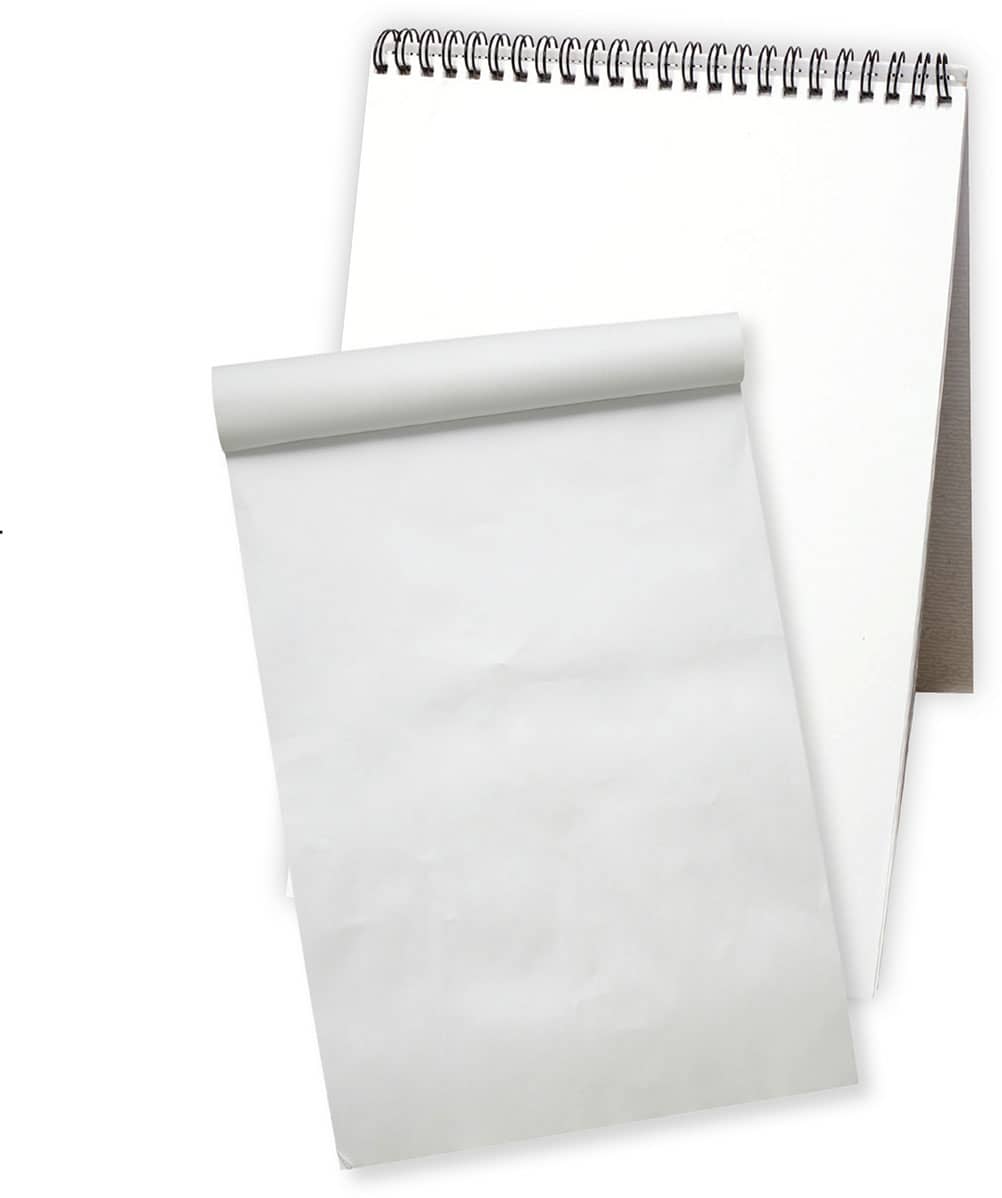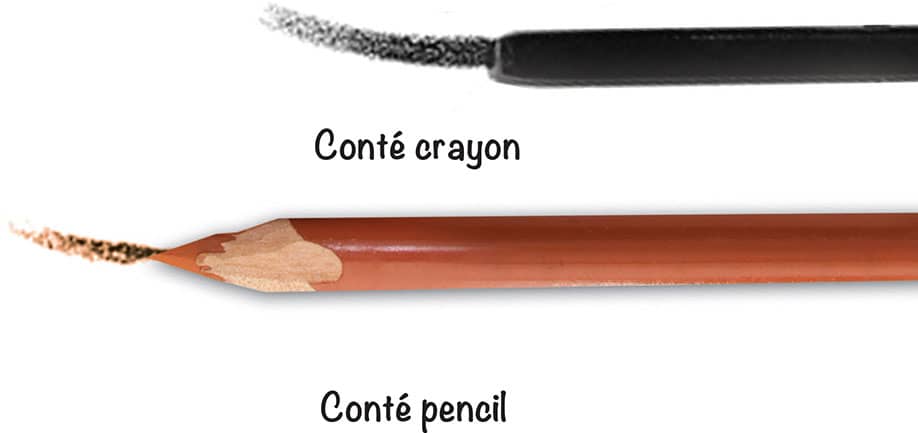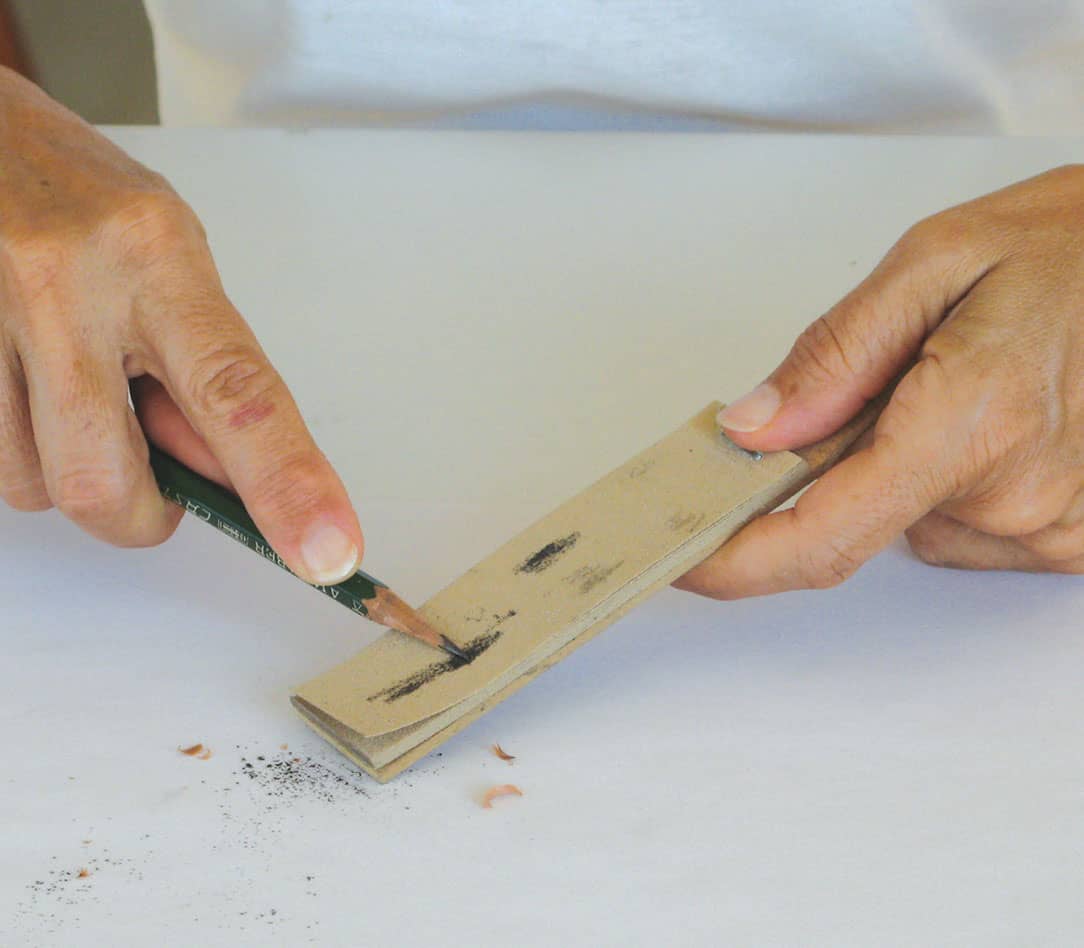Art Studio Dogs
More than 50 projects and techniques for drawing, painting, and creating 25+ breeds in oil, acrylic, pencil, and more!


TOOLS & MATERIALS
Drawing
DRAWING PAPER Drawing paper is available in a range of surface textures (called tooth), including smooth grain (plate finish and hot pressed), medium grain (cold pressed), and rough to very rough. Cold-pressed paper is the most versatile and is great for a variety of drawing techniques. For finished works of art, using single sheets of drawing paper is best.
SKETCH PADS Sketch pads come in many shapes and sizes. Although most are not designed for finished artwork, they are useful for working out your ideas.
ERASERS There are several types of art erasers. Plastic erasers are useful for removing hard pencil marks and large areas. Kneaded erasers (a must) can be molded into different shapes and used to dab at an area, gently lifting tone from the paper.
TORTILLONS These paper stumps can be used to blend and soften small areas when your finger or a cloth is too large. You also can use the sides to blend large areas quickly. Once the tortillons become dirty, simply rub them on a cloth, and theyre ready to go again.
DRAWING IMPLEMENTS
Drawing pencils, the most common drawing tool and the focus of this book, contain a graphite center. They are categorized by hardness, or grade, from very soft (9B) to very hard (9H). A good starter set includes a 6B, 4B, 2B, HB, B, 2H, 4H, and 6H. The chart below shows a variety of drawing tools and the kinds of strokes you can achieve with each one.
HB An HB with a sharp point produces crisp lines and offers good control. A round point produces slightly thicker lines and is useful for shading small areas.
FLAT For wider strokes, use a 4B with a flat point. A large, flat sketch pencil is great for shading bigger areas.
CHARCOAL 4B charcoal is soft and produces dark marks. Natural charcoal vines are even softer and leave a more crumbly residue on the paper. White charcoal pencils are useful for blending and lightening areas.
CONT CRAYON OR PENCIL Cont crayon is made from very fine Kaolin clay and is available in a wide range of colors. Because its water soluble, it can be blended with a wet brush or cloth.
SHARPENING YOUR PENCILS
A UTILITY KNIFE Use this tool to form a variety of points (chiseled, blunt, or flat). Hold the knife at a slight angle to the pencil shaft, and always sharpen away from you, taking off a little wood and graphite at a time.
A SANDPAPER BLOCK This tool will quickly hone the lead into any shape you wish. The finer the grit of the paper, the more controllable the point. Roll the pencil in your fingers when sharpening to keep its shape even.
Oil & Acrylic
PAINTS
Paint varies in expense by grade and brand, but even reasonably priced paints offer sufficient quality. Very inexpensive paints might lack consistency and affect your results, but buying the most costly color may limit you. Find a happy medium.

PALETTE & PAINTING KNIVES
Palette knives are mainly used for mixing colors on your palette and come in various sizes and shapes. Some knives can also be used for applying paint to your canvas, creating texture in your work, or even removing paint. Palette knives are slightly rounded at the tip. Painting knives are pointed and a bit thicker, with a slightly more flexible tip.

PALETTES
Palettes for acrylic range from white, plastic handheld palettes to sheets of plexiglass. The traditional mixing surface for oils is a handheld wooden palette, but many artists opt for a plexiglass or tempered glass palette. A range of welled mixing palettes are available for watercolorists, from simple white plastic varieties to porcelain dishes.
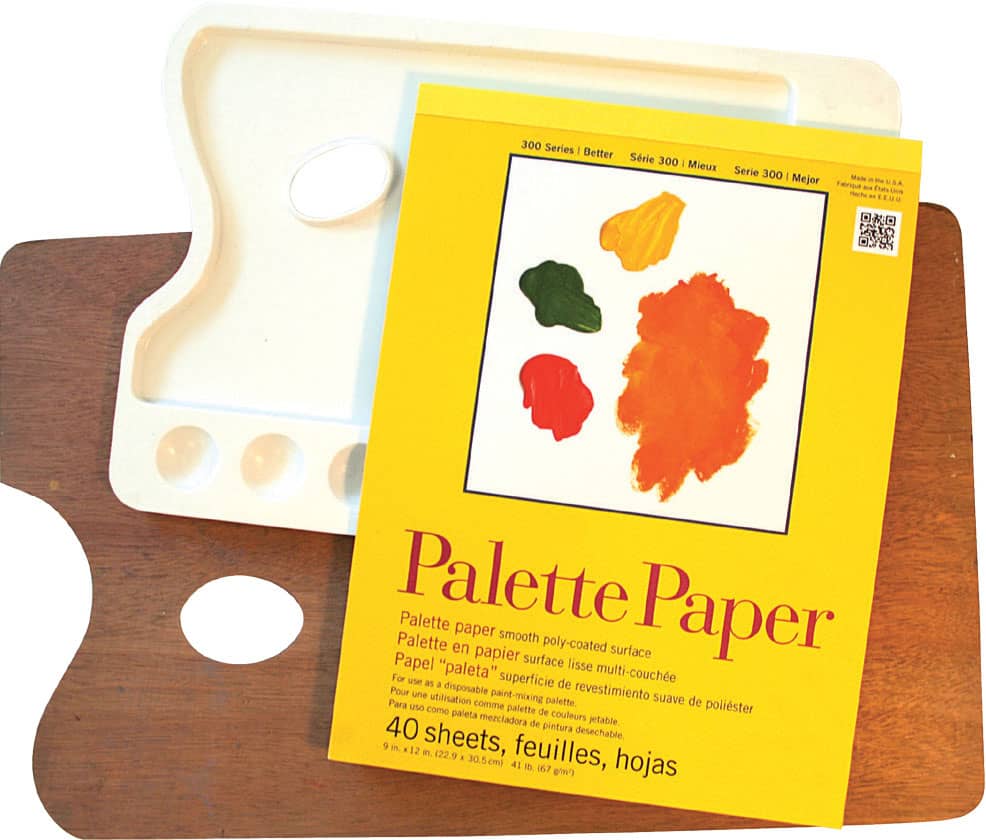
BRUSHES
Synthetic brushes are the best choice for acrylic painting because their strong filaments can withstand the caustic nature of acrylic. Sable and soft-hair synthetic brushes are ideal for watercolor. A selection of hog bristle brushes is a staple for all oil painters. Build your starter set with small, medium, and large flat brushes; a few medium round brushes; a liner (or rigger) brush; a medium filbert brush; and a medium fan brush. Brushes are commonly sized with numbers, although the exact sizes vary between manufacturers. Generally #1 to #5 are small brushes, #6 to #10 are medium brushes, and #11 and up are large brushes. Flat brushes are often sized by the width of the ferrule (or brush base), such as -inch, -inch, and 1-inch flat brushes.

PAINTING SURFACES
Although you can paint with oils and acrylics on almost any material, from watercolor paper to wooden board, canvas is the most popular choice. Watercolor paper is the perfect surface for the fluid washes of watercolors. Many artists like using this durable paper for other wet and dry media.


